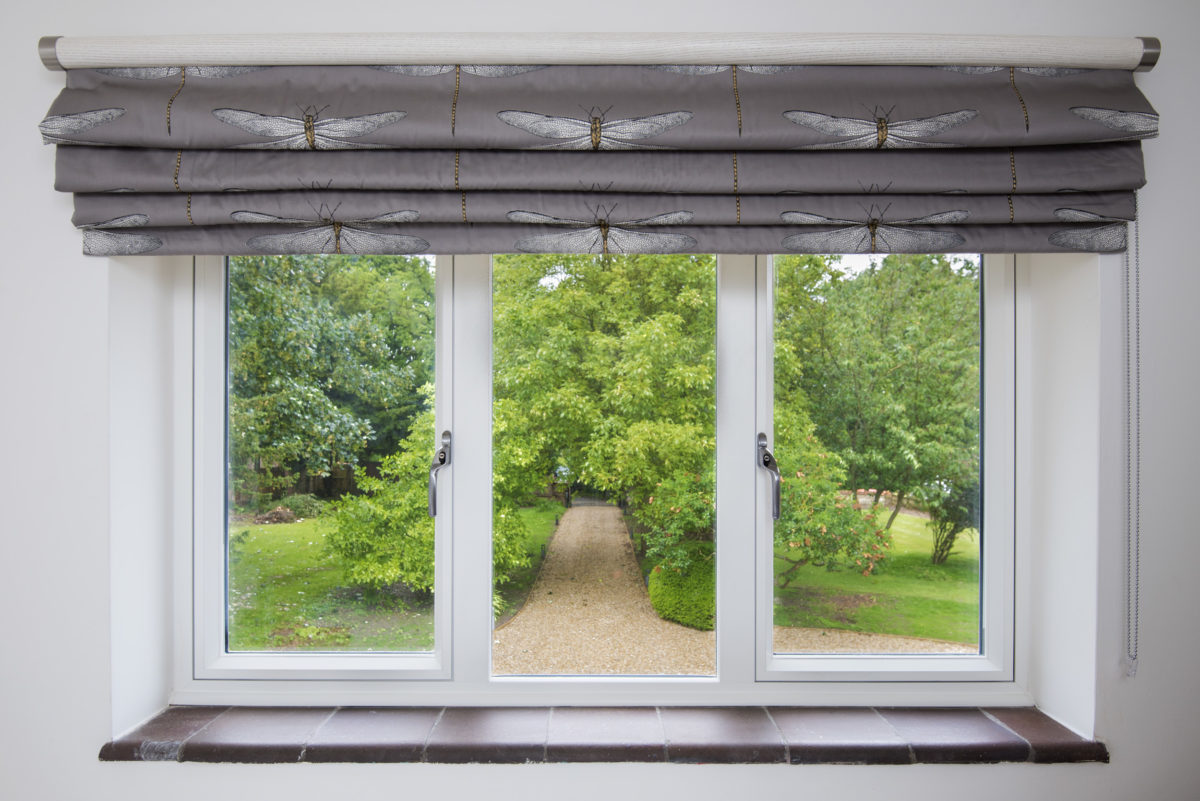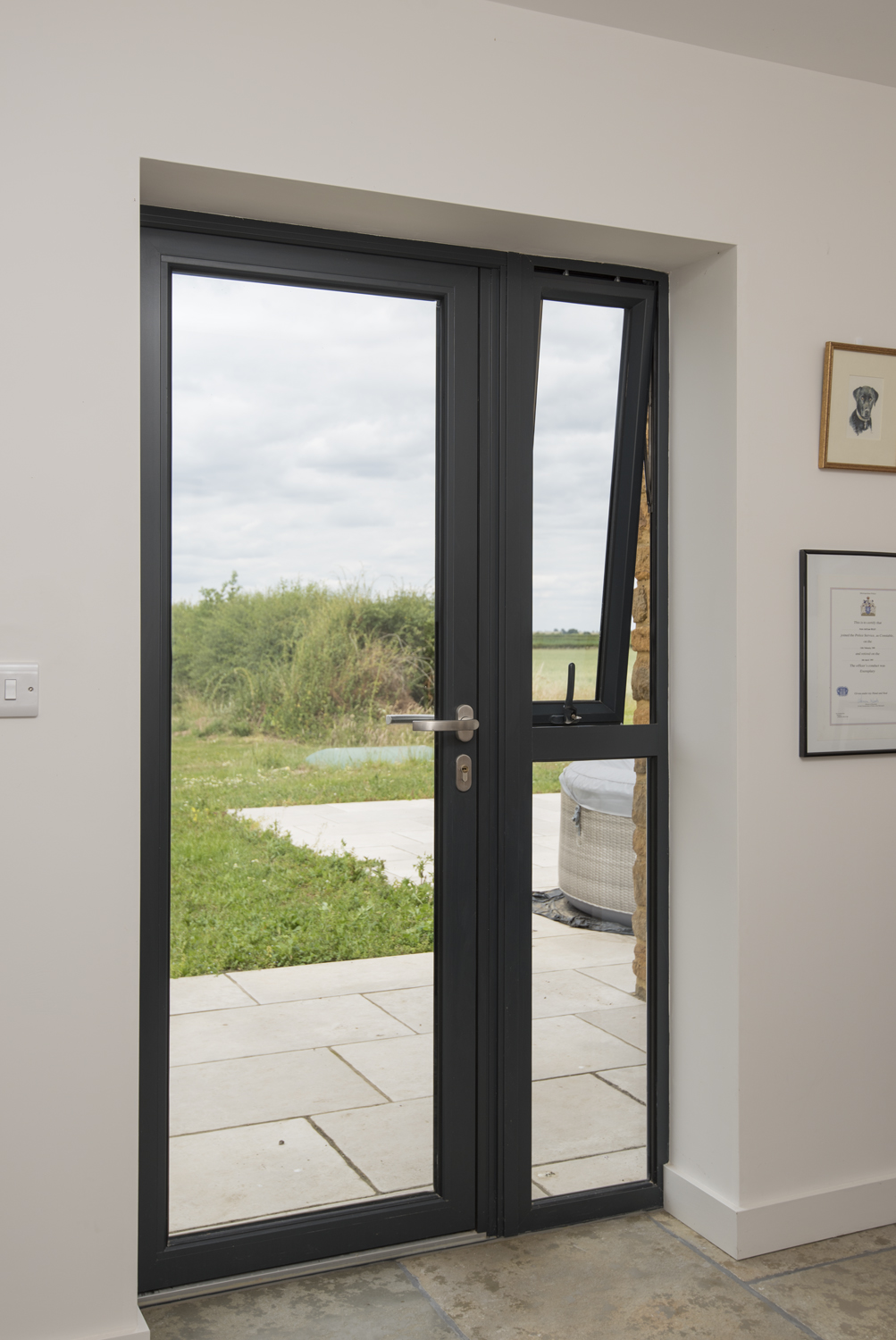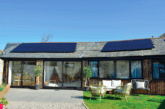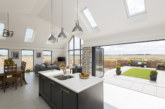
The nature and type of exterior openings are crucial to building performance. Here, Victoria Brocklesby, COO and co-founder at Origin, discusses England’s updated energy efficiency regulations and homebuyers’ increasing emphasis on efficient homes when considering property purchase.
Last summer, Part L of the UK’s building regulations was updated to introduce more stringent requirements covering the conservation of fuel and power when building new homes in England. It further established how energy-efficient new (and existing) domestic dwellings should be. This, in part, focuses on a building’s U-Value, which is a measure of thermal transmittance. The U-Value is calculated by the rate of transfer of heat through a structure (which can be a single material or a composite), divided by the difference in temperature across that structure.
Housebuilders should focus on the Approved Document Part L1A as this covers the requirements for new homes, with those completing the building work responsible for ensuring that new homes comply with the updated requirements.
With the aim of the new Part L regulations to reduce carbon emissions by 31%, some of the changes were significant to fundamentally improve the fabric of homes. For example, for windows in new dwellings, the U-Value was reduced by 0.4W/m2K, from 1.6W/m2K to 1.2W/m2K.
The reason for this is that new homes are now assessed under a new Standard Assessment Procedure (SAP) calculation called SAP10. Before the changes last year, new homes were assessed using SAP 2012. SAP10 is an update of this methodology which sets greater insulation requirements and a new target for primary energy rate, expressed as kWhPE/(m² per year).
What homeowners think
Whilst potential homebuyers don’t necessarily get bogged down in the technicalities of new building regulations, they do care about how energy efficient their prospective new home is. Consumers are now more aware of their impact on the planet than ever before, a growing trend that was exacerbated during the pandemic when people saw how much the environment benefited from humans standing still. Because of this, they want to minimise their impact on the environment.
They also want to reduce their household energy bills which have been spiralling since the onset of the Russo-Ukraine war. Not only this but with significantly increased inflation in the UK, all household costs have substantially increased from mortgage rates to food. So, if a family can reduce its energy bills, it affords them more breathing space in other areas of their finances.
Whilst homeowners care about energy efficiency, this isn’t their only consideration when viewing properties. They still want their home to be functional and look good. They prioritise natural light, with 57% stating it is very important to them in a recent Origin survey of 1,500 homeowners. Blending functionality, aesthetics and thermal efficiency can however be a challenge.
What to consider
Housebuilders need to ensure they are working with the right suppliers to meet both building regulations and homeowners’ demands. This means looking for products across the building fabric that can not only meet industry regulations but contribute to the overall functionality and aesthetics of the home too.
When it comes to fenestration, this means seeking out products that use sophisticated weathertight seals to ensure the elements remain outside, innovative thermal breaks to regulate homes’ temperature, sleek silhouettes to contribute to the property’s overall look without interrupting views, and large expanses of glazing to maximise natural light levels within the home.
Not only this, but suppliers need to be reliable to prevent delays in the project timeline which cost time and money. This isn’t an easy task.
There are also further changes to building regulations on the horizon. The Future Homes Standard comes into force in 2025. This set of regulation changes is designed to take Part L even further, reducing carbon emissions by a further 44% minimum. Overall, this contributes to 75 to 80% carbon emission savings compared to the old regulations.
For a smooth transition, housebuilders should consider working with suppliers that already have plans to meet the Future Homes Standard in hand. To meet Part L, some manufacturers have already made a permanent switch to triple glazing. This only works in the short term and won’t be enough to meet the Future Homes Standard. Housebuilders should check with their current suppliers to understand what their plans are for the Future Homes Standard, and if they don’t have reassurances that there won’t be a delay in supply, should consider finding new suppliers now.
Final thoughts
The topic of energy efficiency isn’t going away anytime soon. The UK Government has set 2050 as the deadline for the nation to meet Net Zero. A holistic view must be taken to meet this, from retrofitting current building stock to building new that doesn’t contribute negatively to the environment. Housebuilders must make sure they are prepared not only to meet building regulations as they gradually become more stringent but also for the scrutiny of potential homeowners who want to know they are investing for the future.
Find out more about Origin and its premium door and window products.










